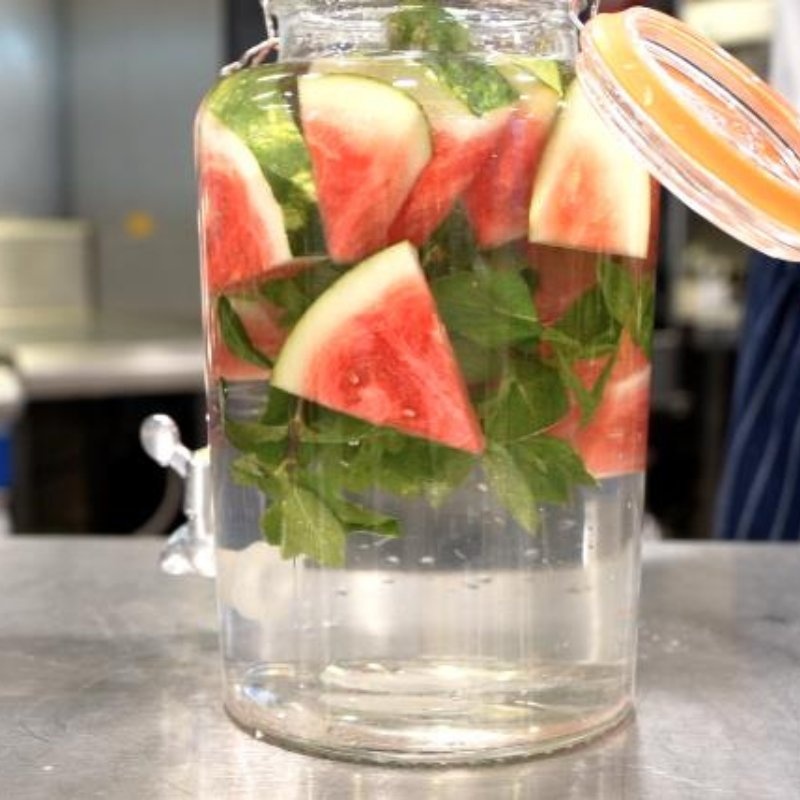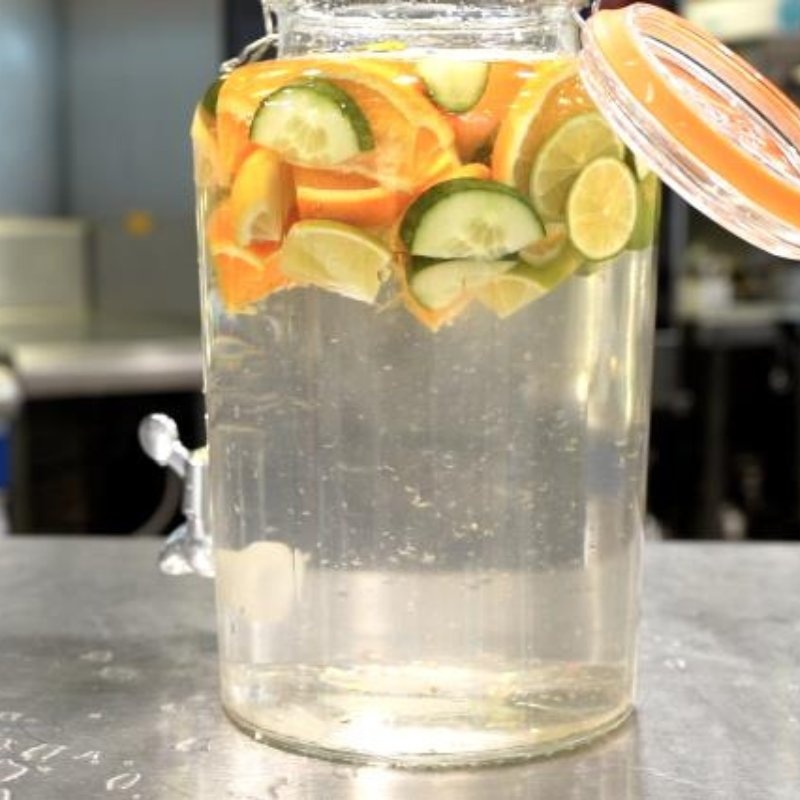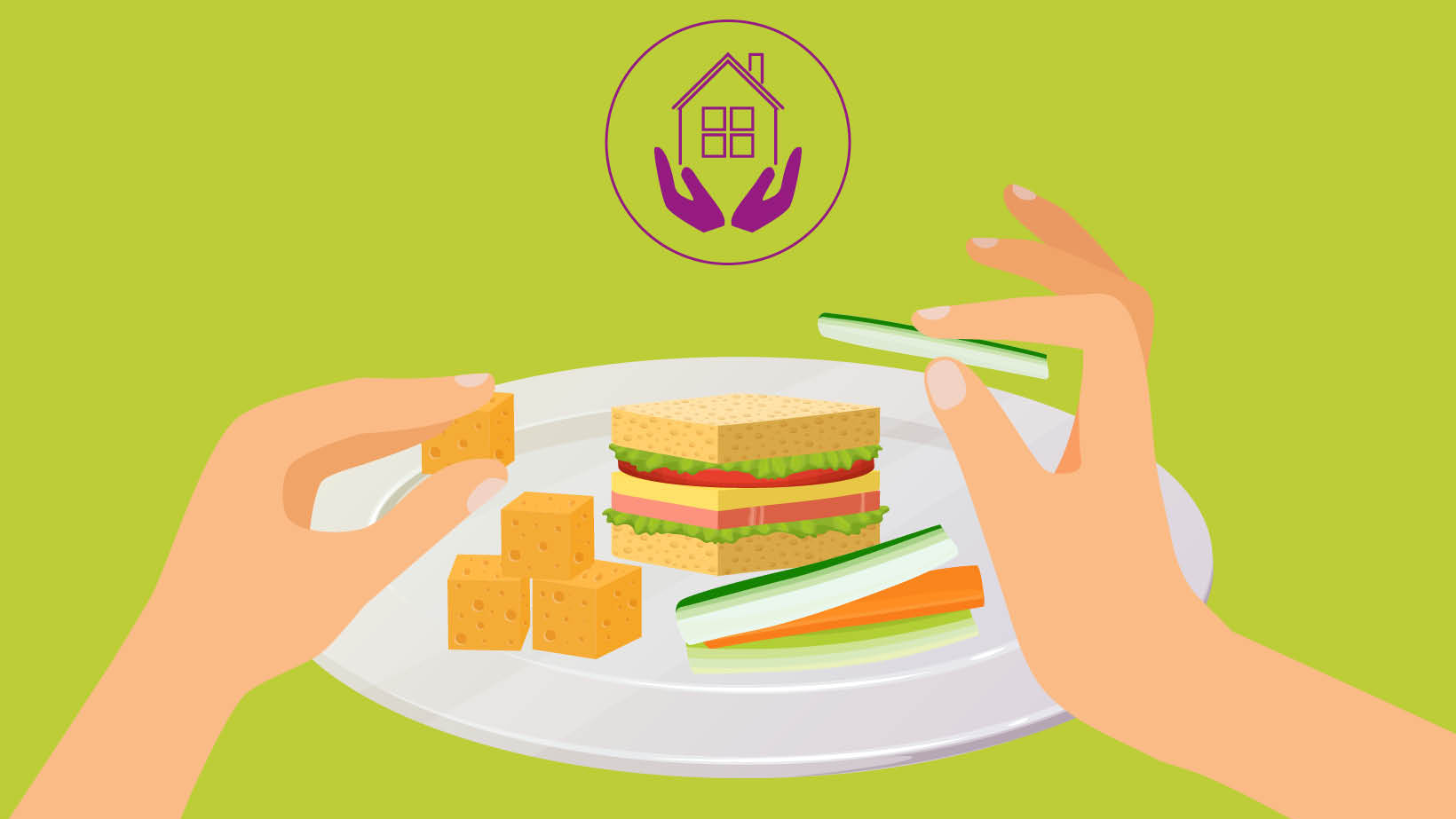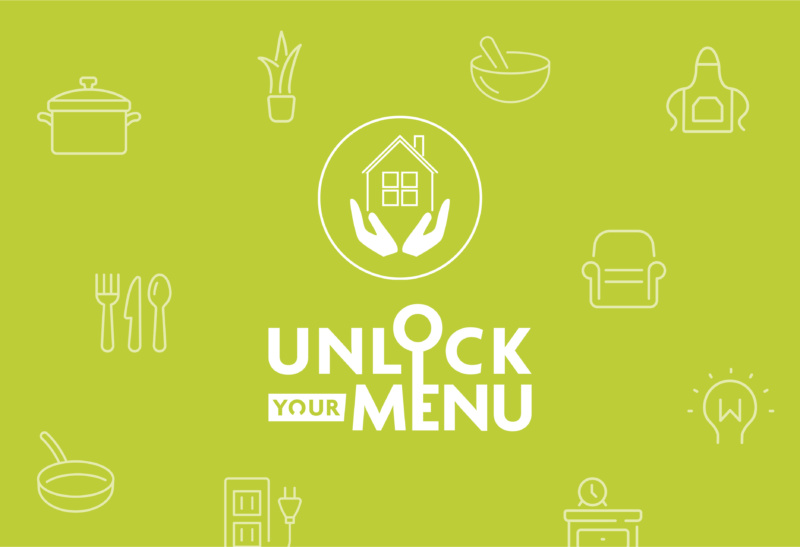The new British Dietetic Association (BDA) Care Home Digest provides essential menu planning and food service guidelines for care homes across England, Wales, Scotland, and Northern Ireland.
This comprehensive resource supports care home managers, nurses, carers, and catering staff to develop menus and food services that support residents to meet their nutrition and hydration needs using food and drink.
In this blog, we will explore who developed these guidelines and why, highlight key points from the four detailed chapters and introduce two practical checklists – giving you a good overview of this important document and how you can utilise it in your care home.
Who developed these guidelines and why?
The Care Home Digest was developed by the BDA Older People Specialist Group and Food Services Specialist Group, in collaboration with the National Association of Care Catering. The BDA has been producing the Nutrition and Hydration Digest for hospital food services since 2012 (now in its third edition) but until now, the care sector has lacked equivalent support. The Care Home Digest addresses a critical gap, providing a resource specifically designed for older adults living in care homes.
The Care Home Digest will be particularly valuable for care homes without access to a Food service Dietitian. It has been designed as a toolkit, allowing homes to dip in and out of chapters and implement recommendations as needed.
The guidelines complement existing resources across the UK and are intended to become a trusted, essential tool for every care home. With such a comprehensive and accessible resource, no care home should be operating without this document in hand.
Chapter 1: Nutrition and hydration needs, screening for malnutrition and care planning
The first chapter of the Digest sets a foundation for understanding nutrition and hydration needs in care homes. It highlights the necessity of careful screening for malnutrition and dehydration, the importance of personalised care plans and an overview of existing guidelines for care homes.
As people age, their nutritional needs change. For adults aged 65 and older, a nutrient-dense diet becomes particularly important, prioritising foods rich in protein, calcium, folate and vitamin B12. These nutrients support bone health, muscle strength, energy levels and other aspects of health and wellbeing.
Older adults in care homes are at high risk of malnutrition and dehydration. Malnutrition, or undernutrition, occurs when an individual does not consume enough food or enough of the right food to ensure your body gets the nutrients it needs. The consequences of malnutrition include a reduced ability to fight off infections, physical inactivity, low mood and in extreme cases, death.
Dehydration occurs when the body does not get enough fluids to meet its needs. The consequences of dehydration include confusion, urinary tract infections, kidney failure, and in extreme cases, death. To support good hydration, care homes should ensure fluids are readily available throughout the day and easily accessible for those with limited mobility. Other ideas include encouraging drinks during social activities and educating both staff and residents about the importance of hydration.
And remember, if a resident doesn’t enjoy plain water, you can offer a variety of beverages, including tea, coffee, and low-alcohol drinks (up to 4% ABV, within recommended limits), to support residents to meet their hydration needs.
Here are a couple of simple recipes to add a little extra flavour to your jugs of water:


Chapter 2: Delivering a positive mealtime experience
For many residents, mealtimes are a highlight of the day, offering much more than just sustenance. They provide structure, are an important part of living with purpose and an opportunity for social interaction. Chapter 2 of the Digest offers invaluable insights into creating a positive mealtime experience for residents.
A standout point is the importance of adopting a whole-home approach. This means active involvement from all team members in supporting mealtimes, as well as tailoring the food service to individual preferences and dietary requirements.
Creating a pleasant dining environment is essential. The dining room should be conducive to eating and drinking well, considering factors like room size, table settings, noise levels, and lighting. Where possible, involving residents in meal or dining room preparation can stimulate their senses and appetite, making mealtimes more engaging.
Allowing residents to choose their meals at the point of service is another key aspect, as well as providing menus with clear, legible fonts and using show plates. Encouraging discussions around meal options also helps to ensure residents are satisfied with their choice. Finally, it’s crucial to consider all aspects of the service, including breakfast, lunch, dinner, snacks and room service, as each meal occasion is an important opportunity to help residents meet their needs.
We loved visiting the team at Lanesborough House Care home to host a pop up party and provide a joyful mealtime experience for residents:
Chapter 3: Menu planning and design
Chapter three of the BDA Care Home Digest delves into creating menus that cater to the diverse needs of residents while maximising resources and minimising waste.
Successful menu planning starts with understanding your residents. Assess their individual preferences, dietary requirements, and daily routines to tailor your menu accordingly. This approach ensures that each resident receives meals that are both suitable and enjoyable for them.
Budgeting and resource management are also crucial. Design your menus around seasonal produce to take advantage of cost-effective, flavourful ingredients. Additionally, minimising food waste by using ingredients efficiently helps stretch your budget further.
Our online shop is the perfect solution to help you with catering in your care home, from menu planning, allergen support and managing costs, it’s your one stop shop. Read more about Bidfood Direct here: 10 ways Bidfood Direct supports care homes.
You should aim to meet all residents’ nutritional requirements with the standard menu; therefore, you will need to account for residents who have both lower and higher requirements for calories and protein. Menus should be able to provide around 2,000 calories and 75g of protein per person, per day. For detailed calorie and protein goals for each meal, see page 49 of the Digest.
Furthermore, you should offer a variety of snacks. Include nutrient-dense options rich in protein, vitamins, and minerals; calorie-dense choices high in fat and/or sugar but lower in other nutrients; and lower-calorie snacks that offer vitamins, minerals, and fibre, such as fruit. And remember to steer residents that are at risk of malnutrition towards those nutrient-dense snacks.
Lastly, adequate hydration is a vital part of health and wellbeing. Encourage daily fluid intake, aiming for 1600ml for women and 2000ml for men. If this feels overwhelming or unmanageable for certain residents aim for little and often and remember – every sip counts!
A note from Wayne, our dedicated care Development Chef at Bidfood:
“It’s great to finally have a set of guidelines that are specific to the care sector. Residents have a variety of unique nutrition and hydration needs, so having this trusted resource will make menu planning easier. I look forward to experimenting with new winter recipes for our care home customers that are in line with the Care Home Digest”
Chef Wayne WrightDevelopment Chef – Care
Chapter 4: Special diets
Chapter four of the Digest explores the various special diets that care homes may encounter, offering valuable insights into managing diverse needs. You may be surprised to see some of these sections under “special diets” such as vegetarian and vegan, however, these “diets” are found less frequently within care homes which is why they have been included in this chapter.
Nutrition support for residents at risk of malnutrition: A nutrient-dense diet focuses on providing the energy, protein, vitamins, minerals and fibre to support these residents.
Dysphagia: How to identify and manage swallowing difficulties and provide texture modified meals and drinks in line with the IDDSI framework.
Dementia: The unique needs of residents living with dementia and how to cater for them, including eating habits, food and drink choices and finger foods.
You can also read our previous blog for further support: The ultimate guide to catering for dementia.

Diabetes: A dietary approach for supporting older adults with diabetes in care homes.
Vegetarian and vegan diets: Everything you need to know about vegetarian and vegan diets in care settings, including proper planning to ensure adequate nutritional intake.
Religious and cultural diets: Dietary requirements based on ethnic origins and religious beliefs and the importance of not making assumptions! There is no “one size fits all”.
Healthier eating for residents who wish to lose weight: This section covers healthier eating for residents who wish to lose weight and/or prevent further weight gain.
Dietary considerations for mental health: Identifying mental health conditions and optimising resident’s nutritional intakes.
End of life care: Nutritional support to optimise the best quality of life for the resident and their family.
Food allergies: Managing allergens and catering for residents with a food allergy.
Kidney disease: Dietary modifications for residents with kidney disease, including restricting intake of certain nutrients.
It’s essential to recognise and address each resident’s unique dietary needs to support them to meet their nutrition and hydration needs. Always consult with residents, families, and/or the medical team to ensure you understand their requirements.
For further resident dietary support and mealtime inspiration, explore our care home sector page: Care homes food suppliers and menu ideas – Bidfood.
Checklists in the BDA Care Home Digest
In the appendix of the BDA Care Home Digest, you will find two valuable tools. The first is a mealtime service checklist on page 126, designed to help you evaluate potential improvements during all stages of your meal service. For instance, it prompts you to consider whether “interest in mealtimes is encouraged” or if “staff are briefed before the meal service.”
The second tool is a menu assessment checklist on page 131, which aids in reviewing the style, structure, and content of your menu. This checklist ensures that the menu offers balanced meals, provides a variety of appealing choices, and meets residents’ nutritional and hydration needs.
In conclusion, the BDA Care Home Digest is a “first of its kind” resource for care homes, offering specific support for this setting. These guidelines will be instrumental in supporting care home staff to deliver a meal service that is safe, enjoyable and helps residents meet their nutrition and hydration needs.
Our key takeaways from the care home digest:
- Residents should always be able to choose what they would like to eat and be offered an appropriate portion size for them
- Continually review your menus and meal service and challenge yourself to enhance the offering in your home
- Aim for small, incremental changes, such as incorporating fortified meals and snacks, and a source of protein at every meal – these can have a big impact over time!
- Don’t forget about hydration – every sip counts!
We encourage all care homes to take a further look at the Digest and explore its chapters. Remember, it has been designed as a toolkit, allowing you to dip in and out as needed.
Additionally, please share this post and/or the Digest with your network and teams to spread awareness.
Find the BDA Digest here.
| Become a customer |


